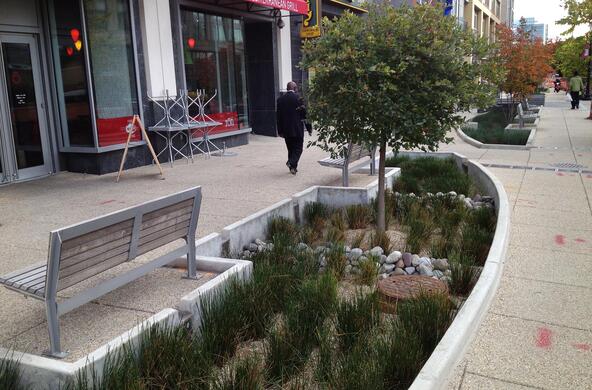Half of all people live in cities, and by 2050, this number will climb to more than two-thirds. In the words of Cary Institute urban ecologist Steward Pickett, “The future habitat of humanity is urban.”
Making sure urban areas support equitable, sustainable, and vibrant communities is therefore crucial. In June 2021, Pickett hosted a Cary Conference that brought together more than 30 researchers and policy makers to discuss how the field of urban ecology can better support these goals. Timon McPhearson, a Cary research fellow, was also involved in planning and hosting the conference, which led to four articles featured in a special issue of Ambio in April.
Urban ecology seeks to understand cities — including urban, suburban, and exurban areas — as ecosystems. Although cities traditionally have been thought of as the domain of social scientists, economists, and anthropologists, ecological perspectives on urban issues are gaining steam.
“It was time to take stock, to see where urban ecology was and where it might go, and that’s what Cary Conferences do,” explained Pickett. “The Ambio issue allows us to record our reflections and to celebrate the synthesis and forward-looking views generated by the conference.”
The workshop convened urban thinkers from diverse fields, career paths, and backgrounds. It was funded by Cary Institute’s Science Innovation Funds, which catalyze interdisciplinary endeavors that often fall outside of traditional funding pathways.

Fittingly, the resulting papers challenge a siloed view of cities. Instead, the authors advocate for a more holistic understanding of urban systems and strengthened connectivity — between different components of cities; between different ways of examining and understanding cities; and between academics and urban communities.
A paper led by Erik Andersson of the University of Helsinki, for example, outlines ways to connect ecology to urban social, cultural, economic, and technical structures, and to better account for the diverse relations between people, nature, and urban infrastructures.
Morgan Grove of the USDA Forest Service led a paper that examines how environmental justice activism and urban ecology have co-evolved over the past 25 years, and highlights the importance of engaging with diverse community members to solve environmental problems.
Another article in the series, on which Pickett is the lead author, concludes that urban ecology can better contribute to positive futures by focusing on relationships, rather than prioritizing physical structures. It urges a comprehensive understanding of urban landscapes as mosaics of relations between people, nature, place, meanings, and institutions.
Finally, Utrecht University’s Niki Frantzeskaki argues that urban ecology should transform into a more activist field, engaging with residents to co-produce sustainable and resilient solutions to urban challenges. She and her coauthors lay out potential pathways to such a future.
“By engaging with communities, policy makers, and planners,” an introduction to the special issue summarizes, “urban ecology can help provide a firmer foundation for achieving equitable human wellbeing and improved quality of the urban environment for all residents.”






